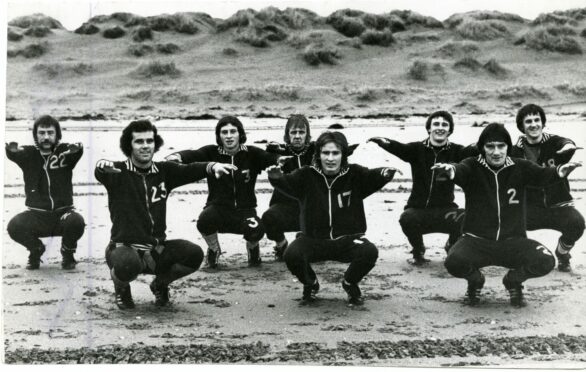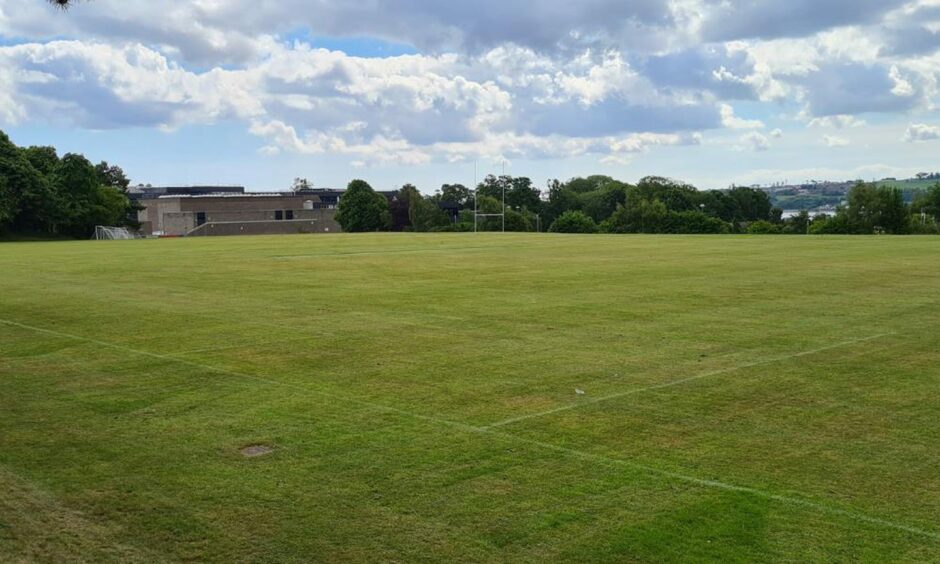Was Messi better than Pele?
Did Maradona outshine Ronaldo?
Was Borg superior to Federer?
Would Palmer outplay Woods?
And would Ali whup Fury?
Some of these questions went through my mind after speaking to former Dundee United boss Craig Brewster at the recent Dundee v Dunfermline youth game at North End Park.
He’d reminded me that United often trained at the ‘Dokens’ junior ground until he began moves to relocate the club’s base to the magnificent facilities at St Andrews University.
I watched United go through their paces there a few weeks back on pitches manicured to perfection.
It got me thinking of the many advances we’ve seen in football and in other sports, and wondering about that age old question of how the great competitors of yesteryear might have prospered in a modern sporting age.
I watched a documentary on Brian Clough’s great Nottingham Forest team; twice European Cup winners, with their big Scots contingent, training and playing on pitches which were often mud heaps, little different than those Sunday league players enjoyed.
The great Dundee United sides under Jim McLean featuring superb players like Paul Hegarty, David Narey, Eamonn Bannon and Paul Sturrock trained at various parks in Dundee, among them Dundee FC’s current base at Gardyne Road, and at Charlotte Street, off the Kingsway.
Those pitches then were a million miles removed from the superb surfaces the current United squad utilise, and I wonder how the legends of previous years would have enjoyed performing on today’s lush, pristine surfaces.
In football, the advances in equipment from lightweight boots to jerseys with breathable wicking-linings to draw moisture away, and the huge progress in sports science, nutritional knowledge, personal performance data and video analysis, have been transformative in developing the game.
So too in other sports, scientific advances have allowed the aggregation of marginal gains from a host of core elements to increase overall performance and achievement.
At Wimbledon we see the ball travelling at speeds which have increased exponentially due to lightweight composite racket frames made of graphite and titanium, increasing power and precision.
And at the recent Open Championships at Royal Liverpool, top golfers were hitting the ball distances previously unthinkable thanks to lightweight, scientifically advanced clubs.
Aerodynamic driver heads and lighter club components, hybrid clubs for better angles and putter technology which improves balance are all among the factors which help improve golfing performance.
At the Tour de France, clipless pedals have been widely used since the early 1990’s allowing a firmer connection between foot and bike.
And continuous advancements in weight and sole rigidity, along with aerodynamic carbon fibre bike frames and lightweight wheels, mean the top professionals are faster than ever.
Even with all the gains in equipment and playing surfaces though, in every sport, practice and hard work, allied to natural talent, remain the keys to top performance.
In football, the great training facilities, pitches and other improvements United, Dundee, and other clubs now enjoy should be a huge bonus in improving players’ technical skills.
Clubs are in the best position they’ve ever been in to provide players with an environment designed to make them more capable than ever.
The ball is now in the players’ court. It’s up to them to ensure their work rate matches sport’s environmental advances.




Conversation